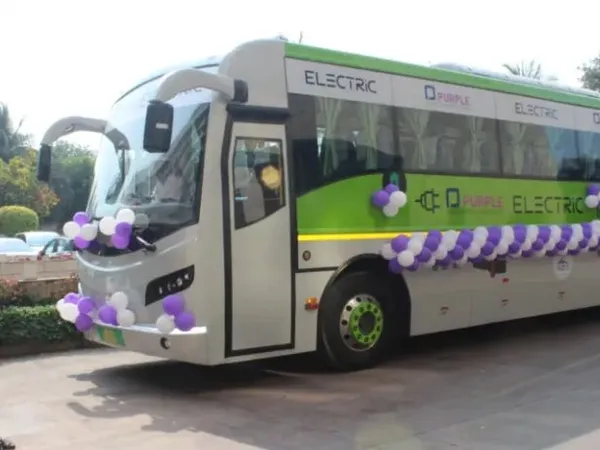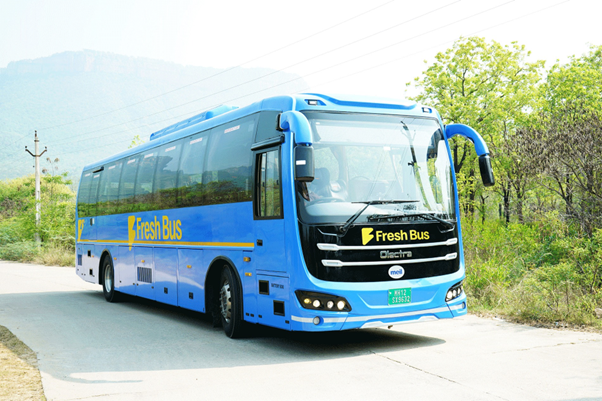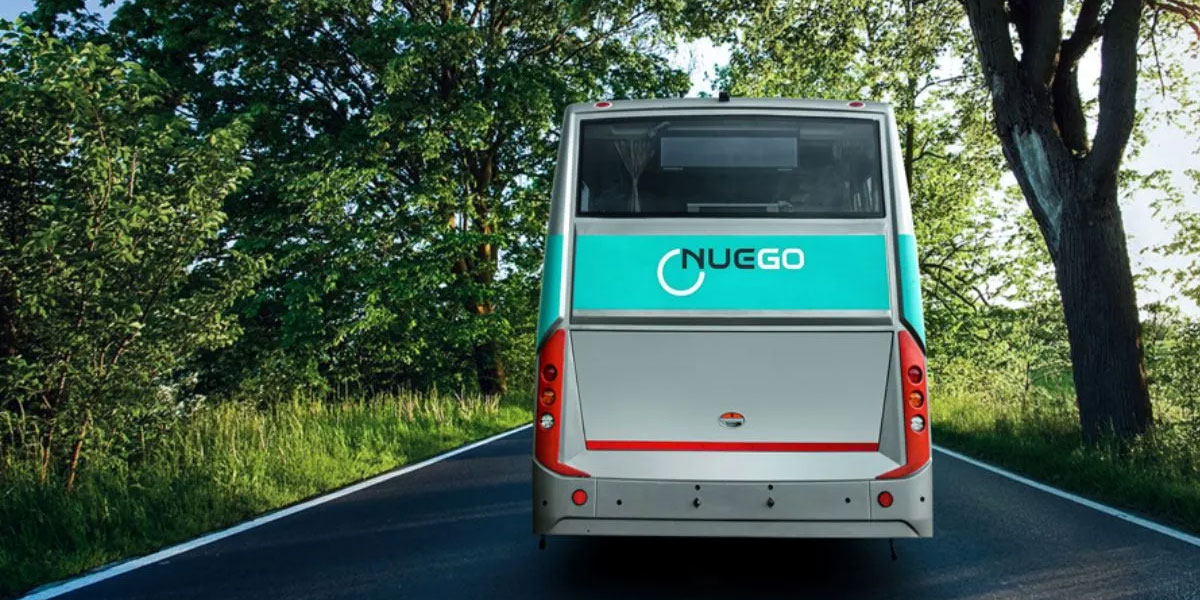Non-urban bus operations comprise 88% of all stage carriage bus services and caters to over 150 million daily passenger trips
India has fast tracked its journey towards transitioning to clean mobility solutions with focus on electrification of transportation services. One of its crucial components are buses, which contribute heavily towards harmful emissions.
A study indicates that there are around 2 million operational buses in the country, the maximum of which are used by institutions like schools, offices and universities. A very small number of them - nearly 0.4 million - are being used for both urban and non-urban public transport services.
Non-urban bus operations comprise 88% of all stage carriage bus services and caters to over 150 million daily passenger trips. At present, 0.4 million such buses ply in India but by 2030, their demand is expected to increase to 0.7 million. Therefore, it becomes crucial to plug this substantial gap to help passengers travelling on these intercity and non-urban routes get a clean and sustainable journey.
The buses run by private operators ply on either LNG or diesel, both significant contributors to pollution. Also, the rising fuel costs mean piling burden for bus operators, many of whom are already feeling the pinch and shutting their operations. This makes it a perfect case for electrifying the bus fleets run by private operators in non-urban areas to cut down the rapidly increasing greenhouse gas (GHG) emissions and ultimately inch closer to India’s net-zero goals.
But the country needs to scale up its non-urban bus electrification efforts. At present, India does not have a large number of e-buses plying in non-urban areas and most of them run on diesel or LNG. According to estimates, the country will require around 390,000 e-buses by 2030 to be on track to meet 100% electrification by 2050.
 Fig 1: The Electric bus with a range of 300 km on single charge plies on the Mumbai-Pune route. Photo Credit: ANI
Fig 1: The Electric bus with a range of 300 km on single charge plies on the Mumbai-Pune route. Photo Credit: ANI
Viability of e-buses in non-urban areas
The study analysed 22 private-operator-run intercity and non-urban routes and found that e-buses were more viable than diesel buses owing to their lower cost per km, especially for those manufacturers whose upfront cost is the lowest and have the highest stated fuel efficiency (FE).
The study found that 9 metre e-bus models had higher profitability when replacing their commensurate diesel version. On routes that were shorter than 120 km across the plains, e-bus operations were profitable for 12m and 9m non-AC e-buses. It found that both non-urban and long hilly routes are profitable for 9m e-bus operations.
Challenges to adoption of e-buses on non-urban routes
Permits: Most operators ply their buses on non-urban routes under a permit that has to be renewed on an annual basis (for a fee). Although the Central government has exempted permits for e-buses, there is little clarity in states on its implementation. Many operators believe that obtaining permits, which is already a tedious process for ICE buses, will be equally challenging for e-buses as many states have permit restrictions around private stage carriage operations.
Parking spaces: Traditionally, these spaces have been maintained by private operators. But in the case of electric buses, both parking lots and charging infrastructure need to be integrated to lessen the charging time and layover. This may require additional land. Therefore, it is crucial to have a clear roadmap on the availability of fast bus charging infrastructure and the cost of energy drawn from this infrastructure to address doubts of the operators, the study says.
Awareness: Many operators running their buses in the non-urban areas lack the knowledge about electric vehicles and are less aware about their benefits. Their doubts on the vehicles’ range, life, battery capacity and life etc remains unaddressed. This gives rise to many misconceptions about e-buses, thus lessening their adoption.
Incentives: At present, only a few states provide incentives for e-buses. Among them, the type and quantum of incentive offered varies. Experts suggest that the initial phase incentives in state EV policies for the first 400 - 500 e-buses for 3-5 years will be essential to catalyse the ecosystem, it noted.
 Fig 1: The Electric bus with a range of 300 km on single charge plies on the Mumbai-Pune route. Photo Credit: ANI
Fig 1: The Electric bus with a range of 300 km on single charge plies on the Mumbai-Pune route. Photo Credit: ANI
Electrification Of Buses On Intercity And Non-Urban Routes - Way Forward
The banks and non-banking finance corporations (NDFC) can be asked by the central government to offer a low-interest loan to operators for a maximum of a seven-year tenure. The study recommends that the state governments can directly finance the reduced interest rates to the banks through interest subvention schemes or support them in accessing low-cost finance from suitable sources such as development banks. It also suggests a longer-term lease model to address the high capital costs and higher financing costs in e-buses.
Observing that accessible charging infrastructure at layovers are essential, it also advocates for the creation of a separate Special Purpose Vehicle (SPV) or local DISCOM that may be entrusted by the state governments for charging services provision. It also recommends earmarking land in existing bus terminals for the development of fast charging stations for private e-buses.
Growing Interest In India To Launch Intercity E-Bus Service
Thanks to the central government’s exemption to e-buses, many companies have shown keen interest in plying electric buses on intercity routes. Many have also launched their e-bus services on particular routes. To name a few, in April last year, Ixigo-owned Fresh Bus launched its first intercity EV bus service on the Bengaluru-Tirupati route.
NueGo, the electric bus brand from GreenCell Mobility started its first-ever electric bus services on the Chennai-Pondicherry, Chennai- Bangalore and Chennai-Tirupati routes, foraying into the south Indian states after launching similar operations on the Hyderabad-Vijayawada and Bengaluru-Tirupati routes. The company operates across India – Bhopal-Indore, Delhi-Chandigarh, Delhi-Agra, Delhi-Dehradun, Agra-Jaipur, and Delhi-Jaipur routes, according to reports. Many other companies too have also shown keen interest in launching e-bus intercity services or announced its plan to do so in the future.


